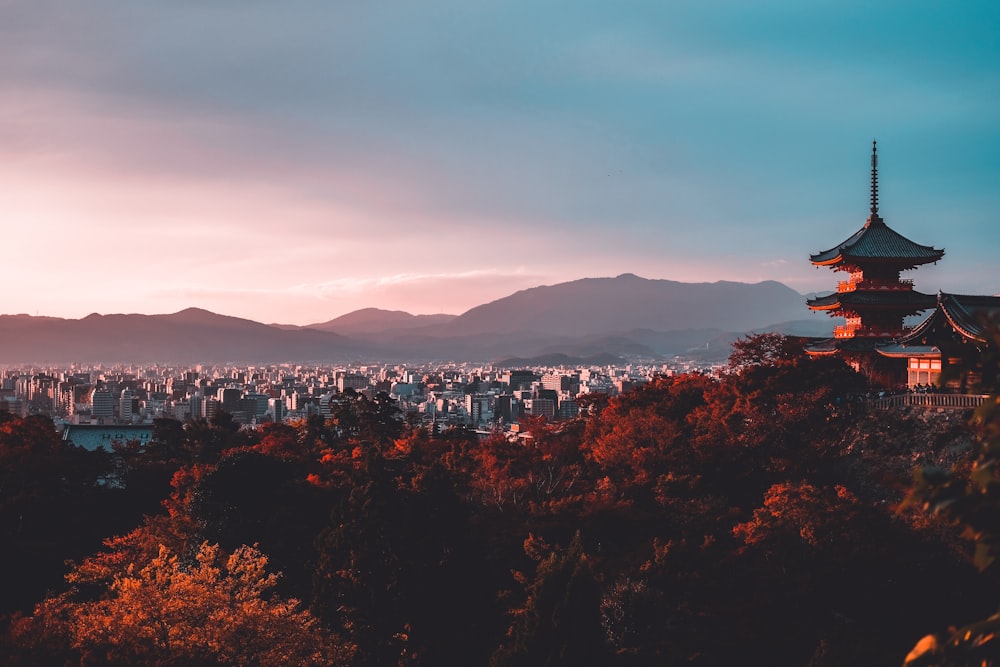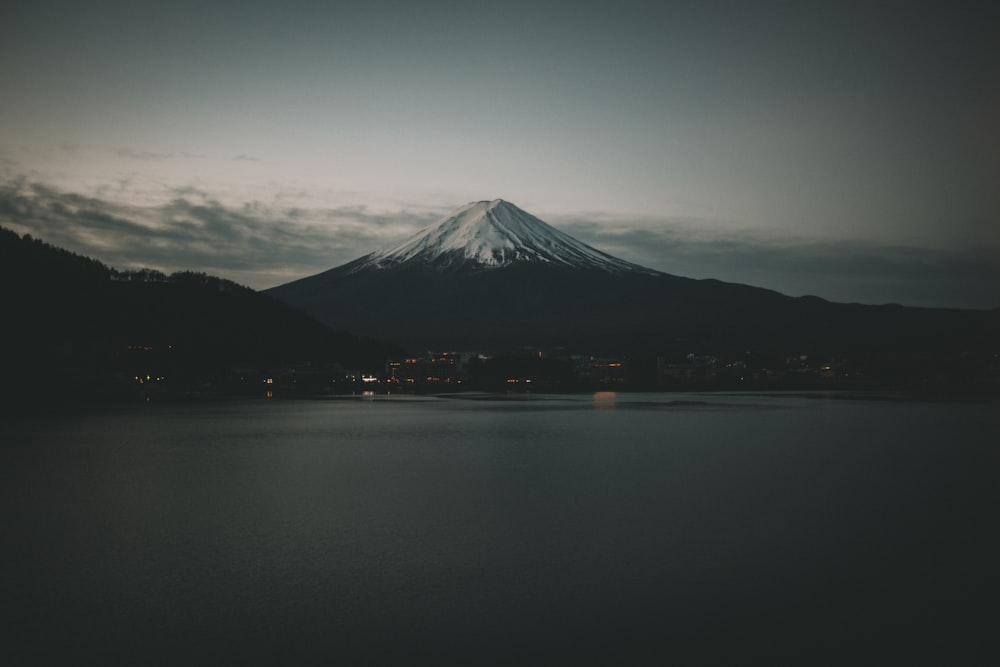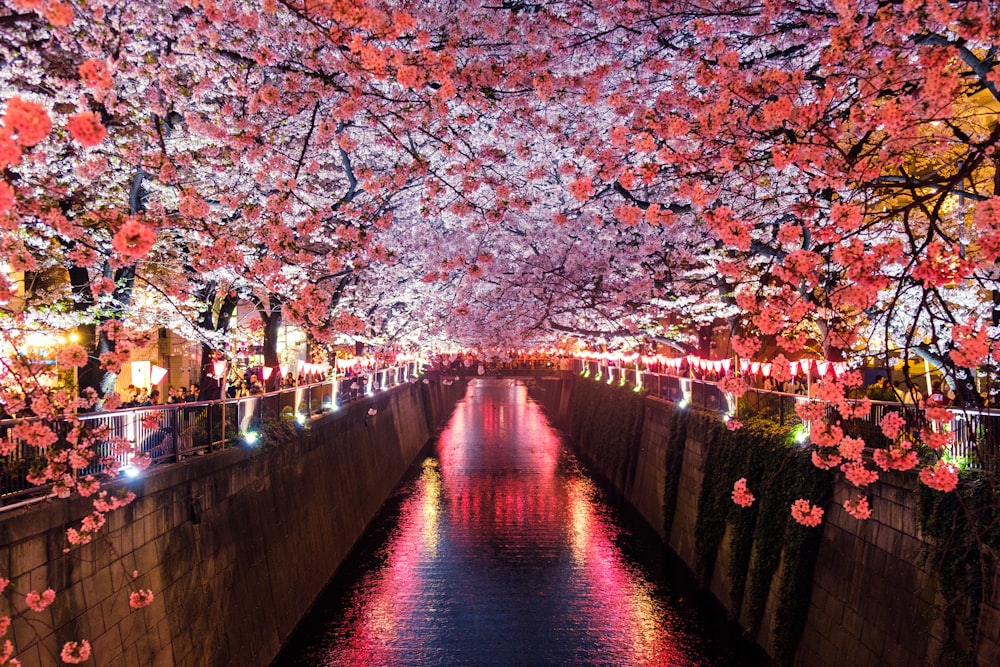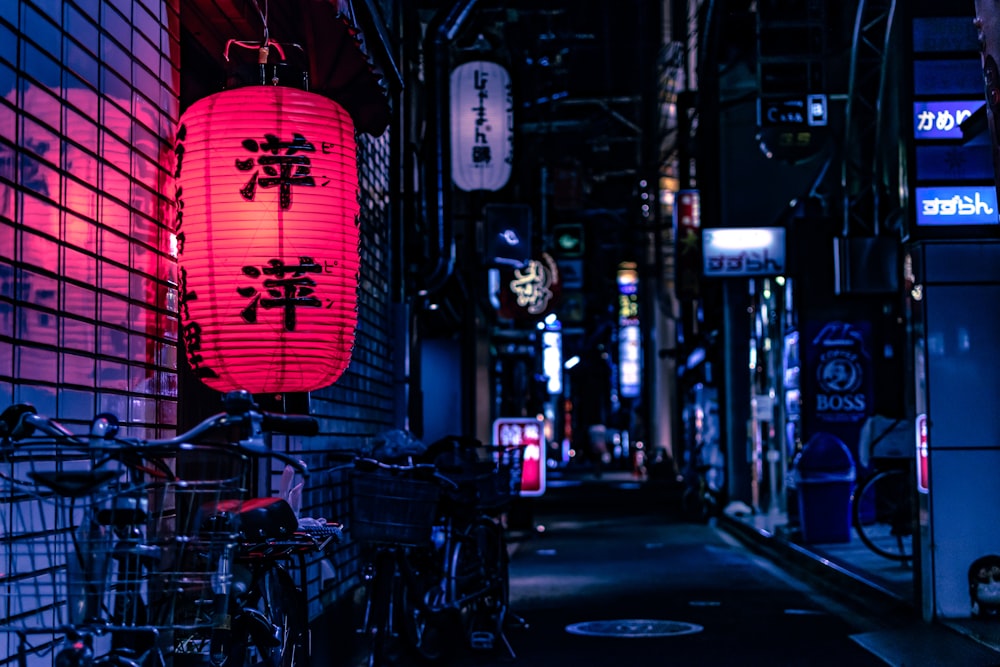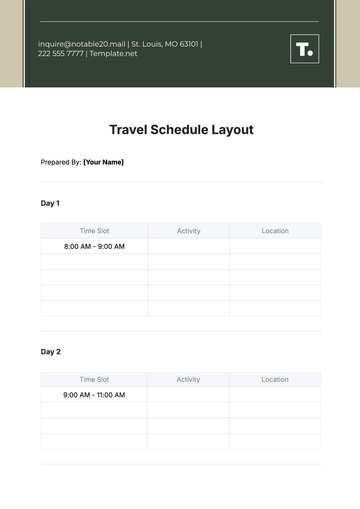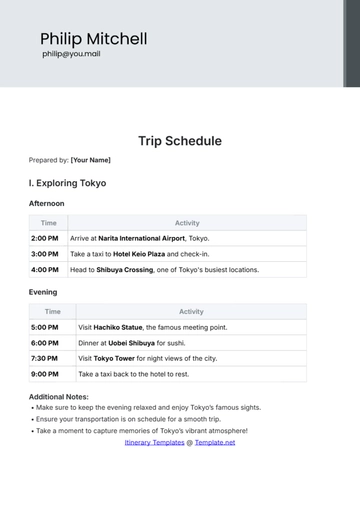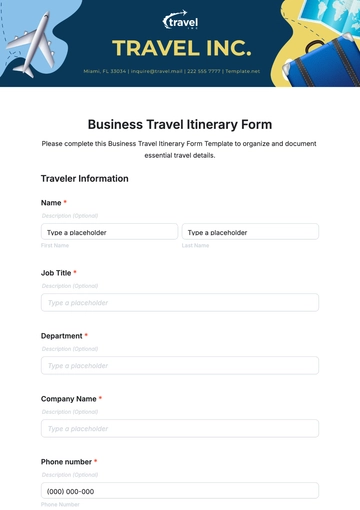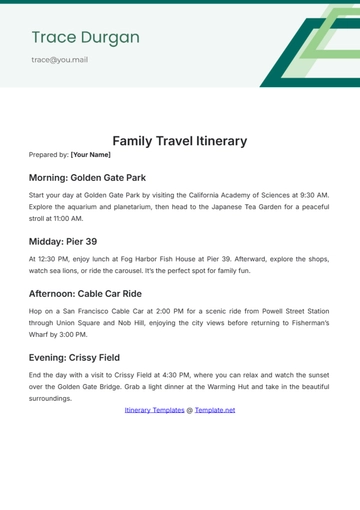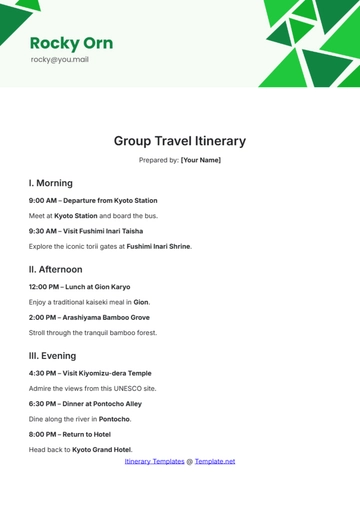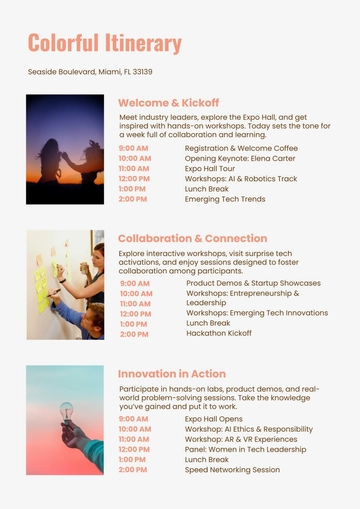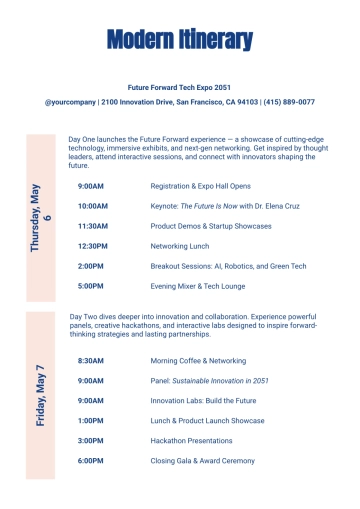Free 5 Day Japan Itinerary
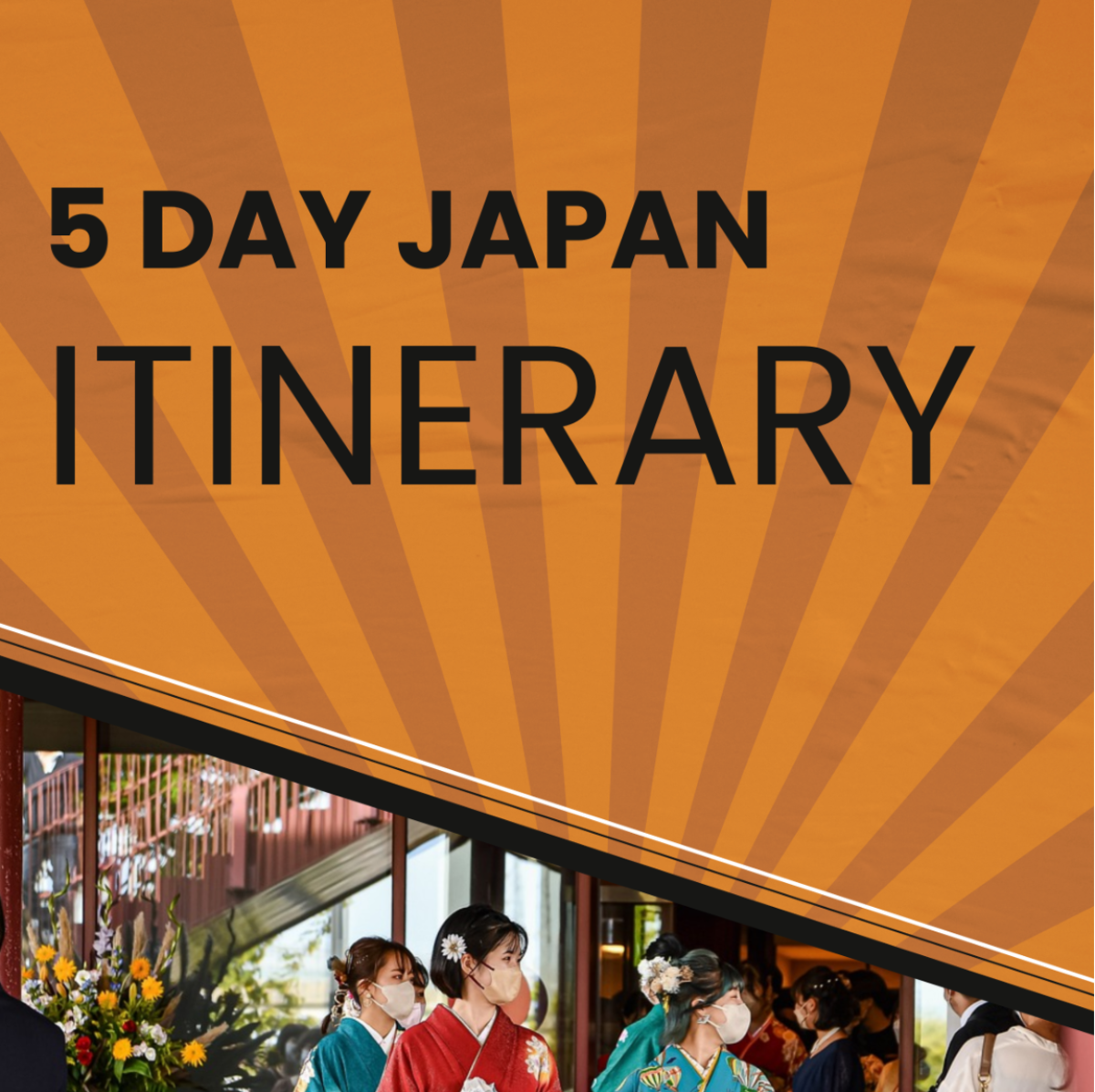
Welcome to your personalized itinerary for exploring the fascinating and culturally rich country of Japan! This itinerary is meticulously crafted to help you make the most of your five-day journey by providing a detailed plan of activities, accommodations, transportation, and essential details. Japan is known for its blend of tradition and modernity, and this itinerary will ensure that you experience the best of both worlds, from ancient temples to bustling cityscapes, ensuring a memorable and seamless travel experience.
Itinerary:
Day 1: Arrival in Tokyo |
|---|
Welcome to Tokyo, the bustling metropolis where tradition meets modernity! Begin your adventure by exploring the vibrant streets of Shinjuku and indulging in authentic Japanese cuisine. |
|
Day 2: Tokyo Sightseeing |
|---|
Embark on a cultural journey through Tokyo, starting with a visit to the historic Senso-ji Temple in Asakusa and ending with panoramic views of the city from Tokyo Skytree. |
|
Day 3: Day Trip to Kyoto |
|---|
Step back in time as you explore the ancient streets of Kyoto, from the traditional district of Gion to the serene beauty of Fushimi Inari Shrine and the picturesque Arashiyama Bamboo Grove. |
|
Day 4: Tokyo Modern Culture Exploration |
|---|
Immerse yourself in Tokyo's modern culture, from the trendy fashion of Harajuku to the excitement of Japanese baseball at Meiji Jingu Stadium, and the innovative digital art at Mori Digital Art Museum. |
|
Day 5: Tokyo Departure |
|---|
Bid farewell to Tokyo with a leisurely breakfast and some last-minute exploration or shopping before heading to Narita or Haneda Airport for your departure flight. |
|
Japanese Practices to Be Mindful of:
Bowing: Bowing is a common form of greeting and showing respect in Japan. When meeting someone, especially for the first time, a slight bow is appropriate. The depth of the bow depends on the context and level of respect.
Shoes Off: It's customary to remove your shoes before entering traditional Japanese tatami rooms, temples, ryokan (Japanese inns), and some restaurants and homes. Look for designated areas to leave your shoes and remember to wear clean socks.
Chopstick Etiquette: Avoid sticking chopsticks vertically into a bowl of rice, as this resembles a funeral ritual. Similarly, passing food directly from chopstick to chopstick is considered impolite. When not in use, rest your chopsticks on the chopstick rest or the edge of your plate.
Tipping: Unlike in some Western countries, tipping is not a common practice in Japan and can even be considered rude. Exceptional service is already included in the price, and leaving money on the table may cause confusion.
Quiet and Respectful Behavior: Japanese culture values harmony and respect for others. Keep noise levels low, especially in public places like trains, and avoid talking loudly on your phone or in crowded areas. Additionally, refrain from eating or drinking while walking, as it's generally considered impolite.
Gift Giving: Giving and receiving gifts is a common practice in Japan, especially when visiting someone's home or exchanging business cards (known as meishi). Gifts should be wrapped neatly and given and received with both hands as a sign of respect.
Onsen Etiquette: If you plan to visit an onsen (hot spring bath), it's essential to follow the bathing etiquette. Before entering the bath, thoroughly wash and rinse your body at the designated washing area. Tattoos are often frowned upon in Japanese society, so check the onsen's policy beforehand.
Queueing: Japanese society places a strong emphasis on orderly behavior, so always queue patiently when waiting in line, whether it's for public transportation, attractions, or restaurants.
Other Reminders:
Currency: Japan's currency is the Japanese Yen (JPY). Make sure to exchange your currency or withdraw cash from ATMs that accept international cards.
Language: While English is widely spoken in tourist areas, it's helpful to learn a few basic Japanese phrases or carry a translation app to facilitate communication.
Transportation: Purchase a Japan Rail Pass if you plan to travel between cities by Shinkansen. Also, consider getting a Pasmo or Suica card for convenient travel on Tokyo's public transportation system.
Weather: Check the weather forecast and pack accordingly, as Japan's climate can vary depending on the season.
As your Japanese adventure comes to an end, we hope this itinerary has provided you with a memorable journey through the fascinating culture, history, and culinary delights of Japan. May your experiences in this beautiful country linger in your memories long after your departure, and may you return home with a deeper appreciation for the wonders of Japan. Safe travels, and until we meet again in the Land of the Rising Sun!
- 100% Customizable, free editor
- Access 1 Million+ Templates, photo’s & graphics
- Download or share as a template
- Click and replace photos, graphics, text, backgrounds
- Resize, crop, AI write & more
- Access advanced editor
Crafted by Template.net, this customizable 5 Day Japan Itinerary Template offers a seamless travel planning experience. With its editable features and intuitive AI Editor Tool, designing your ideal Japanese adventure is effortless. Maximize your exploration potential with this meticulously designed template, ensuring a well-organized and memorable journey through Japan's vibrant culture and picturesque landscapes.
